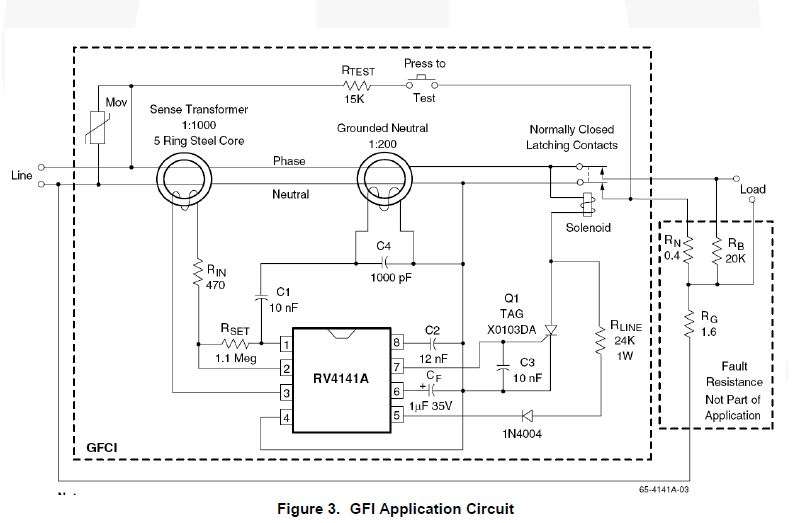mbrooke
Batteries Included
- Location
- United States
- Occupation
- Technician
Now, there is argument over the need for such and wether the neutral is supplied, and if there is any difference between the TT system and what the USA uses...my own instructor here has argued that the USA uses a TT system because they only supply two live and a neutral, and the ground is supplied at the home, while in the UK the ground and the neutral are supplied by the utility in the PEN conductor, and a ground rod at the home is not necessary but is a safety precaution.
again, I am just a student, but, if it was my home or my parents home then I would be trying to rewire the home using a good electrician so that every outlet had the live wires, a neutral wire, and a ground wire, using at least NMB 4 wire or is done in conduits, four wires... and I would get the neutral wire run by the electrical provider... but I am not you.
The USA uses TN-C-S or IT when supplied by utilities (with some utilities now refusing to give IT services), TT is absolutely forbidden by the NEC and always has been. The misconception comes from code requiring grounding electrodes at all services. The reasoning has more to do with power companies using a multi grounded neutral system where the neutral relies on earthing at many locations throughout.
From article 250.4 (A) (5):
(5) Effective Ground-Fault Current Path. Electrical equipment
and wiring and other electrically conductive material
likely to become energized shall be installed in a manner that
creates a low-impedance circuit facilitating the operation of the
overcurrent device or ground detector for high-impedance
grounded systems. It shall be capable of safely carrying the
maximum ground-fault current likely to be imposed on it from
any point on the wiring system where a ground fault may occur
to the electrical supply source. The earth shall not be considered
as an effective ground-fault current path.
Here is what the NEC requires and where MGN systems can be used:
(C) Multigrounded Neutral Systems. Where a multigrounded
neutral system is used, the following shall apply:
(1) The neutral conductor of a solidly grounded neutral
system shall be permitted to be grounded at more than
one point. Grounding shall be permitted at one or more
of the following locations:
a. Transformers supplying conductors to a building or
other structure
b. Underground circuits where the neutral conductor is
exposed
c. Overhead circuits installed outdoors
(2) The multigrounded neutral conductor shall be grounded
at each transformer and at other additional locations by
connection to a grounding electrode.
(3) At least one grounding electrode shall be installed and
connected to the multigrounded neutral conductor every
400 m (1300 ft).
(4) The maximum distance between any two adjacent electrodes
shall not be more than 400 m (1300 ft).
(5) In a multigrounded shielded cable system, the shielding
shall be grounded at each cable joint that is exposed to
personnel contact.
This need for grounding out on the utiltie's system ends up carrying over to the customer's service. Remember that in the UK and elsewhere the primary MV system is usually 3 wire, with the primary transformer winding in delta. Often the MV ground of the transformer is independent of the LV ground. On the other hand in the US the MV neutral, LV neutral and transformer can ground are usually all interconnected. This will without a doubt influence the code.





